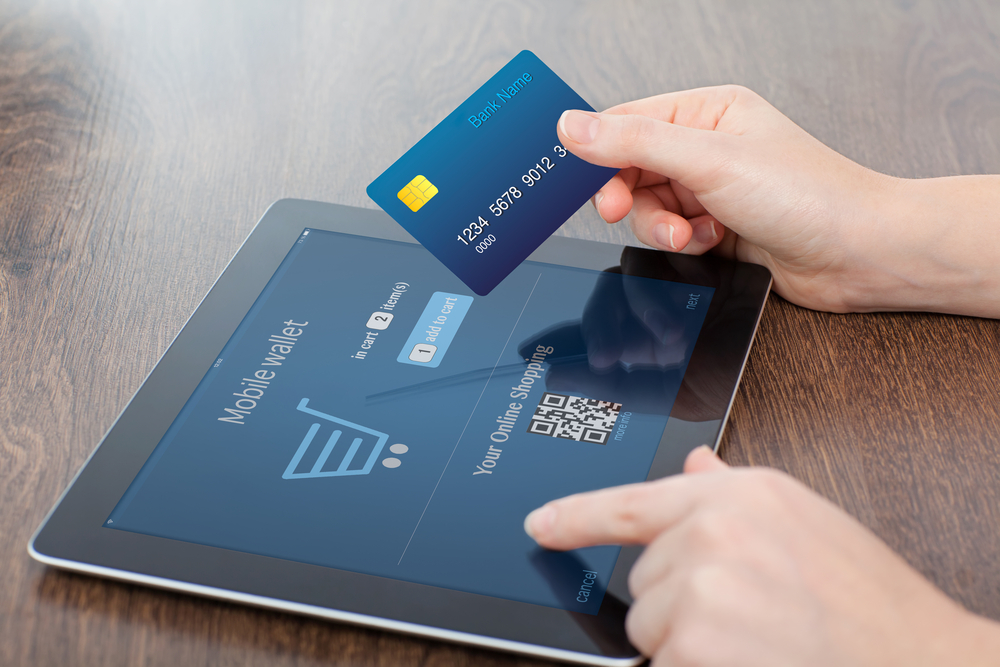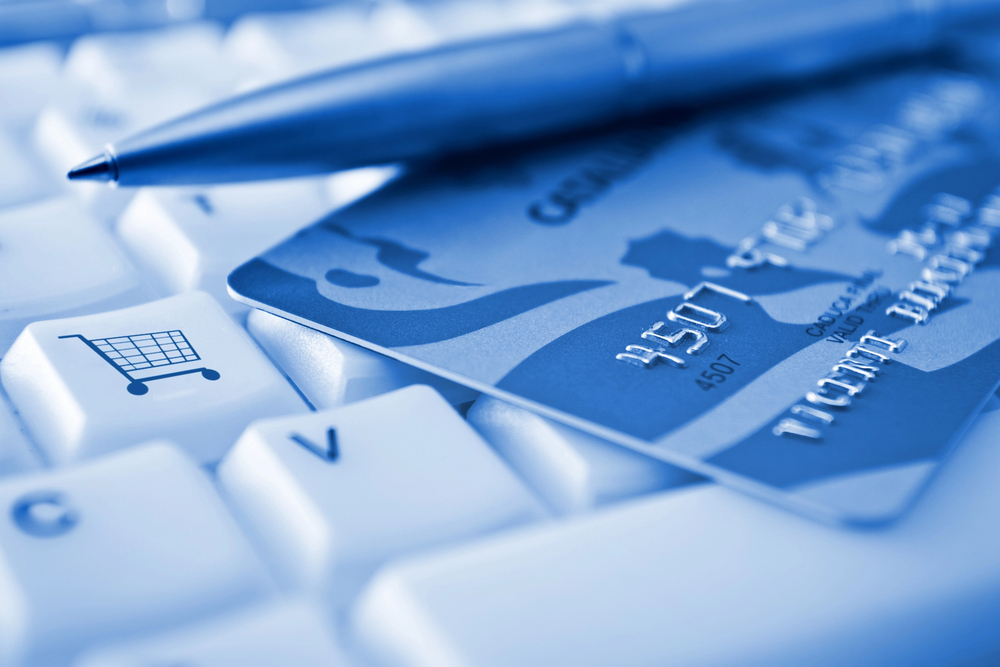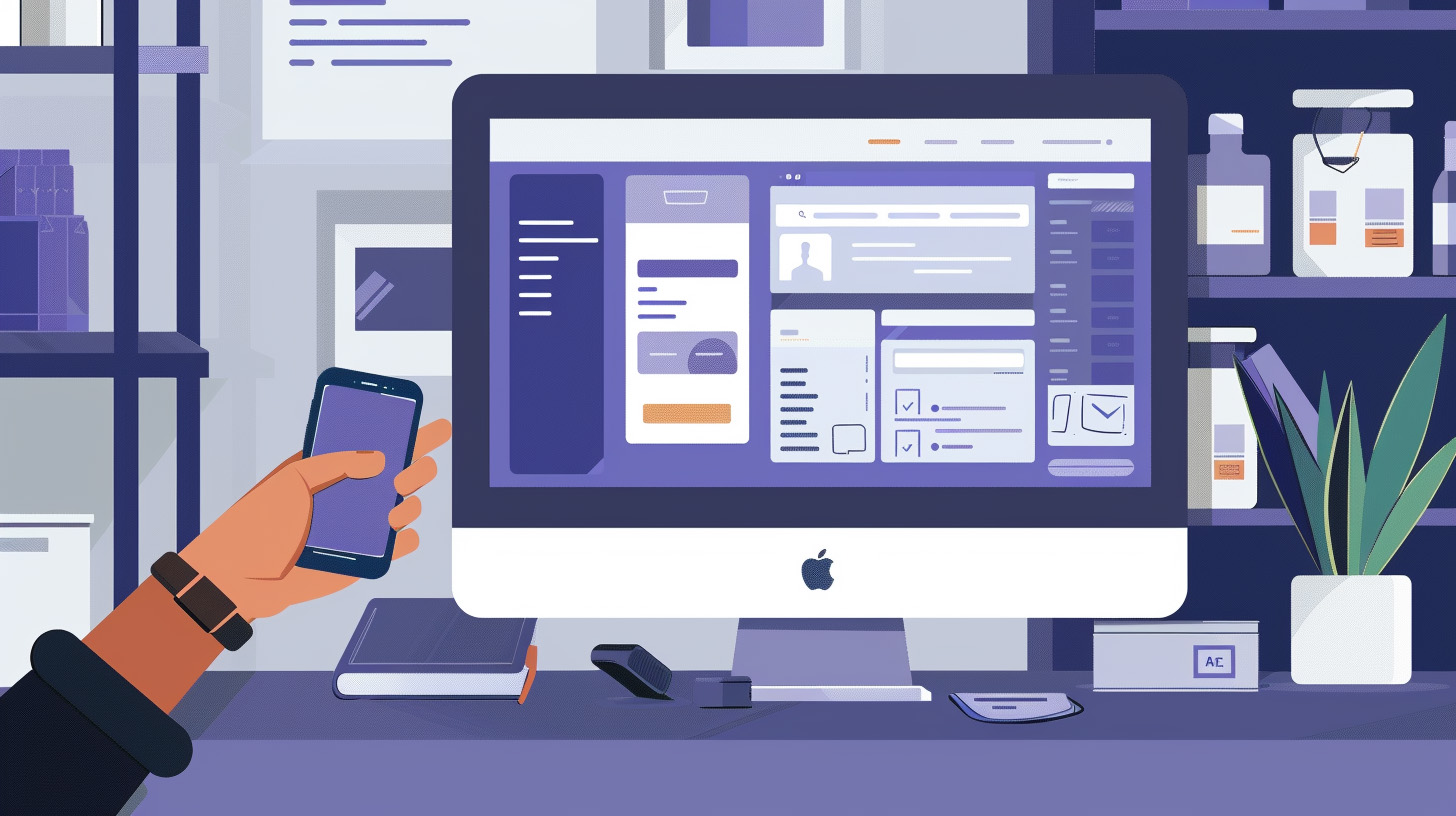
How to Use Multiple Payment Gateways to Boost Conversions
Jun 13, 2022
If you’re serious about your e-commerce business, then you need to have 2 or more payment gateways.
What I want to show you today is how using multiple payment gateways can increase your profits, create a good relationship with customers and make things easier for you in the future.
Not only that, you have the power of customizability (to an extent) the more you have. I’ll explain what that means below.
What are the benefits of using multiple payment gateways?
Multiple payment gateways provide a variety of functionality benefits that relate to customer satisfaction and retention, payment method offerings, payment routing, and decreasing risk.
Increased Revenue Opportunities
You’ll have more people paying you. More customers means more revenue for your business.
If your customers are spread out across the globe, then having multiple payment processors can help you cater to different markets and increase your sales.
Multiple payment gateways also provide a high level of flexibility for merchants. This is especially true if you’re doing international or cross-border transactions.
Having multiple merchant accounts gives you a competitive edge over other online businesses because it gives you access to more options when it comes to processing payments.
Faster Payment Processing Speed
By using multiple payment gateways, you can accept payments from customers in different countries, who may have different currencies and payment methods.
For example, if you’re selling products in Europe, some customers may want to pay with their bank accounts, while others will pay with credit cards or some type of local payment method.
If one gateway is down or unavailable, another gateway will pick up the slack and continue processing payments until it’s back online again.
Additional payment gateways also helps when a decline comes in. You can automatically reroute the payment through your backup payment provider’s gateway depending on what decline was received, saving your customer the hassle of reentering data. If it’s due to insufficient funds, then you can improve the customer experience by directing them to another checkout page to make recurring payments until the full amount is paid.
Reduced Risk of Chargebacks and Fraud
Using multiple payment gateways reduces your business’ risk because it increases redundancy and availability of these services. If one gateway is down or unavailable, another gateway will take its place and continue processing payments until it’s back online again.
It’s important to make sure you have a strong fraud detection system in place. If you’re not able to stop fraud before it happens, it can be very costly. Having multiple payment processors can help prevent this because each processor has its own set of rules and requirements for stopping fraud before it happens.
Better Flexibility
You’ll have more flexibility in terms of what types of payment methods are available to your customers at any given time.
If one payment method becomes too expensive or unreliable, you can quickly disable it without disrupting sales or causing customer confusion.
You can also experiment with different pricing models on each gateway and see which performs best. That includes setting up different promotions on multiple payment gateways if you want to target different groups of customers or offer different incentives based on location or other factors.
For example, you could offer free shipping on orders over $100 through one gateway while charging a flat-rate fee on all orders through another.
Offer Different Payment Solutions for Different Products
Multiple gateways are a good way to diversify your business and ensure that you are not relying on one source of income. With multiple payment gateways, you can set a specific gateway to certain products or services that you sell.
For example, if you sell a product that has a high profit margin, you may want to use a gateway with a higher fee structure. This will help offset the additional costs for your customers so that they do not feel like they are being overcharged for their purchase.
Another very common situation is when you sell both digital services and physical products. Selling a physical product could mean you don’t need a high-risk merchant account, MID, or payment processor. It’s better to use a low-risk gateway for these products to save on processing fees (and you’ll be more easily able to use PayPal and Stripe).
Or if you sell a subscription or want to offer a payment plan, some gateways can handle that better than others.
Multiple Payment Gateway Intricacies
Here’s where things can get more interesting.
You already know that you can set up one gateway as a backup so it comes into play if there’s an issue with your primary. You also know that you can set up a gateway for specific payment types and products that you sell. These are situations where you either have one merchant account with one gateway, or one merchant account and several gateways.
But did you know that you can set a gateway to work with multiple merchant accounts?
Can a single payment gateway use multiple merchant accounts?
One of the most important benefits of using multiple payment gateways is that it’s a way to balance your payments across multiple merchant accounts. This can help you avoid getting shut down by your processor, as well as make sure that you’re not processing so many transactions that they start to slow down.
With a load balancer, you are able to balance the traffic across multiple servers. This will help spread the load so your servers only have to deal with one transaction at a time. It also allows you to automatically detect which gateway is working best for each person’s transaction request.
For example, if someone wants to pay through PayPal but their account doesn’t have enough funds available yet (which may happen often), then the system will automatically detect this and redirect them towards another payment option such as Visa or MasterCard instead.
The goal here is to ensure that every customer gets their money’s worth and doesn’t leave frustrated because they couldn’t complete their transaction through PayPal because they didn’t have enough funds in their account.
Can a single payment gateway be used on multiple websites?
One of the most significant benefits of using a single payment gateway is that it allows you to use one set of merchant account credentials for multiple websites. This can be very convenient if you have multiple businesses or web properties that need to accept payments through the same gateway.
For example, if you own two different websites and both sites accept payments using Authorize.net, then you can use the same merchant account credentials on both sites. You would simply set up Authorize.net as an online payment gateway on both sites and then create a new “storefront” within the Authorize.net admin area for each website.
This means that all merchants that process credit card payments through Authorize.net will have access to their transaction data from all stores that use their merchant account credentials.
The downside of this approach is that it can create confusion about which store each transaction belongs to, since it’s not always clear which storefront hosted the sale in question (especially when it comes to cross-selling).
Not all gateways allow this, so if that’s an important feature for you then make sure you sign up with a gateway that offers this feature.
How many payment gateways can you have on your site?
You can have as many payment gateways as you need on your website. You can even have different payment options for different users depending on their location, currency, and preferred payment method.
If you wanted, you could set one for ACH, one for debit cards, one for credit cards, one for digital wallet transactions, one for mobile payments, etc. The list goes on.
You can set up your own custom gateway, your high-risk payment gateway, PayPal, Stripe, and Square all on the same site if they serve a purpose. Otherwise you may risk slowing down the checkout process and customer flow. It really depends on your business needs.
Can you have multiple payment gateways on Shopify?
If you sell products on Shopify, you can use multiple payment gateways at the same time. This is useful if you have customers from different countries or regions who prefer to pay with different methods.
You can add different gateways in your Shopify admin, and then configure each one independently for each product.
You can also control whether customers can choose which payment gateway to use when they check out.
Let’s Set You Up with All the Gateways You Need
The benefits of using multiple payment gateways is substantial, and can provide you with a host of tools for your online store to help boost conversions, reduce chargebacks, and make life much easier for both you and your customers.
If you’re going to be accepting international payments or handling high risk transactions, start out on the right foot with a solution from DPN.




